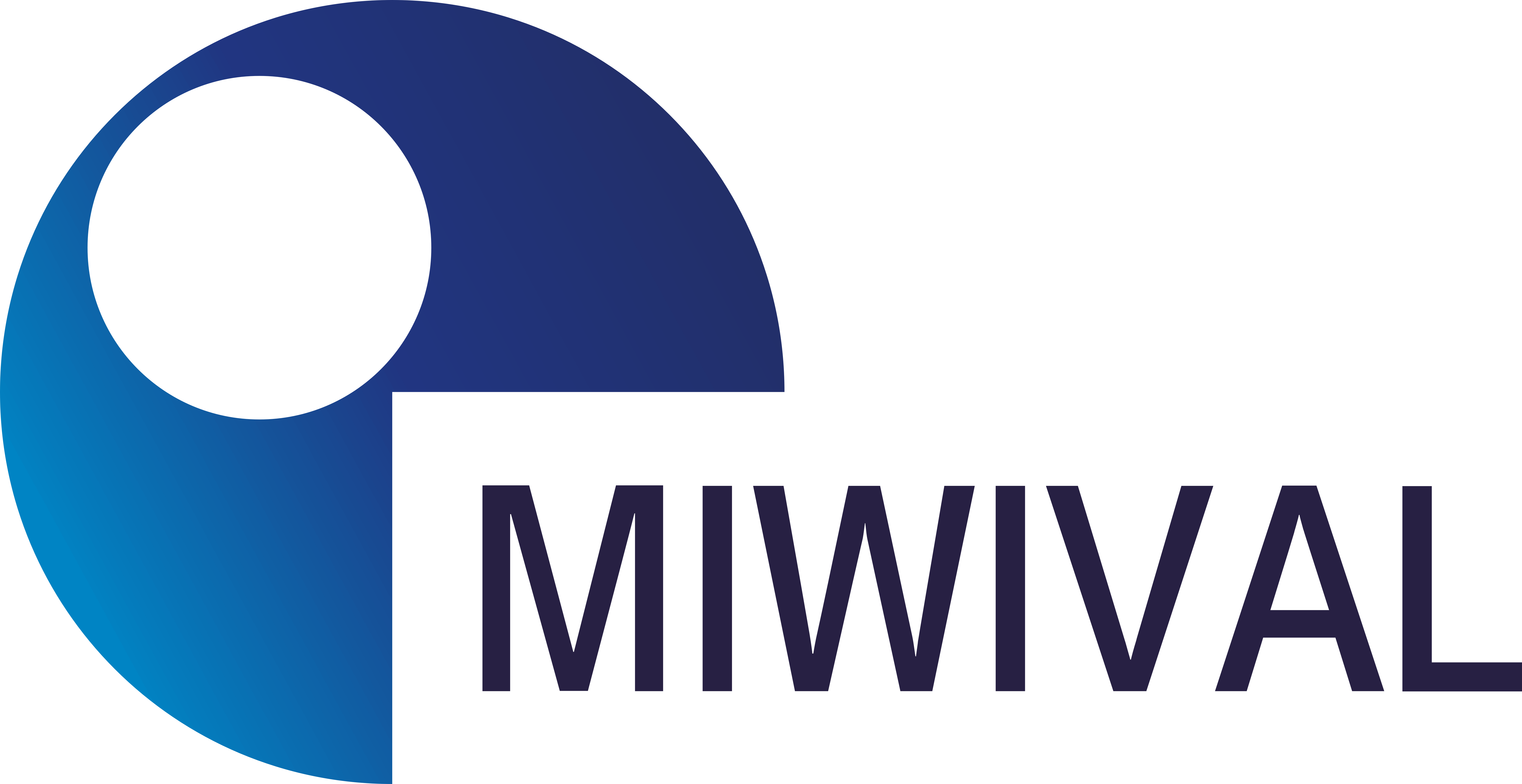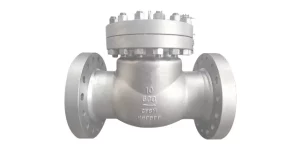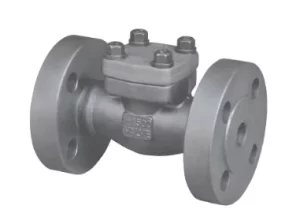Check Valve Types: Key Differences and Applications
Overview of Check Valves
They are critical elements of fluid systems with one-way flow capability allowing the fluid to move in a forward direction while preventing backflow. They mainly preserve the pipelines from reverse flow which may affect apparatuses like pumps and compressors. The check valve opens automatically if the fluid flows in a suitable direction. When the fluid flow is backward, however, it closes and prevents backflow. This feature ensures that check valves operate automatically without human intervention, making them essential for safety and efficiency in many industrial applications.
Common Industrial Applications for Check Valves
Check valves play a crucial role in various industries such as chemical manufacturing, oil drilling, and energy production. In the chemical industry, they are used to prevent the backflow of hazardous and gaseous substances, ensuring the safety of production processes. In the petroleum industry, these valves protect pumps and pipelines from oil backflow during extraction and transportation. Power systems rely on check valves to regulate the one-way flow of liquids or gases, safeguarding essential equipment.
Types of Check Valves
Swing Check Valves
The swing check valve has a disc that pivots on a hinge or trunnion. That means the valve is able to swing open and close when fluid moves in the right direction, but it closes again when the direction of flow goes back. Swing check valves can be a good choice when large volumes of liquid flow against lower-pressure drops. Their durability and consistent performance make them suitable for; water and wastewater treatment, chemical processing, and a variety of pump systems.
Lift Check Valves
The lift check valve squeezes a disc or ball that rises and falls with the fluid. If fluid flows in the opposite direction, it lifts off its seat and permits flow. On the other hand, when fluid attempts to go over the other side of the pedal stroke, the disc drops into the seat with minimal effort and seals your line. This kind of check valve is ideal for vertical installations, and it is commonly found in controlled flow applications such as power plants and hydraulic systems.
Ball Check Valves
Ball check valves incorporate a spherical device that slides in and out of the direction of fluid flow. When the fluid moves forward, it lifts the ball away from its seat, allowing flow through. When backflow occurs, the ball rolls to the back onto its seat and creates a tight seal. This design helps in systems where response times are critical. Ball check valves are especially well suited for use in applications like irrigation and chemical processing, where reliability and durability are crucial.
Wafer Check Valves
Wafer check valves are compact, lightweight check valves that are designed to fit between the flanges of two pipes. They use a crying disc that swells to allow flow through one direction and closes to form a seal against backflow. This is a typical performance vs space-saving check valve. Wafer check valve applications range from heating and cooling systems to municipal water facilities, which are often limited in installation space.
Check valves are essential components in fluid systems, and their selection depends on the specific requirements of the application. Miwival offers a wide range of check valves that cater to various industrial settings. By considering the specific requirements of the fluid system and the characteristics offered by each type of check valve, engineers and technicians can select the appropriate valve for their needs.
Selecting the Right Check Valve for Your Application
Factors to Consider When Choosing a Check Valve Type
Selecting a type of check valve for your application involves considerations across several key factors. This consists of properties of the fluid like viscosity, temperature, and corrosiveness that can have a major impact on valve performance and durability. Also, we have to think about pressure rating and flow condition in the system; therefore, these factors determine what size or type of check valve is required for proper system efficiency.
Apart from the fluid properties, it is space constraints/installation requirement(s) and type of orientation that determine which valve type would be suitable for a particular application. That is, some check valves must be installed vertically (e.g. lift check) in order for them to work properly, while others can function appropriately with different installation positions (e.g. swing check). In addition to that, maintenance requirements and inspection or service access can influence the decision, as you want a reliable process with minimal downtime.
It also has to be assessed as to whether the check valve is suitable to put downstream and upstream equipment. This encompasses the assessment of the risk of water hammer or flow turbulence and ensuring that the selected type of valve is able to deal with these performance problems adequately. Through the study of these factors, engineers are able to select the appropriate check valve type according to the specific demands of fluid systems.
Compatibility with Different Fluid Types and Conditions
Check valve types may vary in compatibility with different fluid types and environmental conditions. Depending on the type of media that a valve will handle, each type of valve material can undergo varying rates of wear, corrosion, or degradation. For instance, brass as well as stainless check valves are going to endure a lot more hostile chemical atmospheres or applications that call for high temps while PVC check valves will deliver overall performance with even more kindly media at reduced stress.
In addition, the engineers need to analyze how fluids flow through it. Certain check valves can be adversely affected by fluids that contain high levels of particulates or sediment; therefore, a design that resists clogging or obstruction should be selected. So, the internal geometry and sealing mechanisms of the valve depend on the nature of the fluid.
Additionally, the temperature is critical, as certain check valve materials and designs have temperature limits. Metal seats or high-performance elastomers are sometimes used for high-temperature fluids. These compatibility factors allow proper maintenance of functionality and safety for the appropriate type of check valve for a large variety of operating conditions.
Miwival Products: Ensuring High Quality in Fluid Control Systems
Why Choose Miwival?
Miwival is a reliable supplier of check valves and other valves, catering to various industries. They prioritize quality and ensure their products undergo a rigorous QC process. Miwival’s check valves are made from high-quality materials, guaranteeing durability, reliability, and optimal performance in demanding applications. They offer comprehensive support and technical expertise, assisting customers in selecting the best solutions for their specific needs. They continuously update their products with the latest valve technology, providing world-class solutions. Their eco-friendly valve options focus on reducing waste and energy consumption, promoting environmental responsibility. With Miwival, customers can expect high-performance solutions that improve operational efficiency while supporting environmental stewardship.
Miwival doesn’t stop at the sale, either, guiding customers with educational content and best practices to help users learn what they need to know in order to get more out of their fluid control systems. In cultivating an education-oriented clientele, Miwival adds credence to its own positioning as more than just a valve seller and partner seeking greater fluid management efficiency for all industries.
Finally, knowing what type of check valve you are dealing with provides you greater insight into what solution works best for the application. All the aforementioned key considerations in conjunction with the extensive product offerings by Miwival allow engineers and technical professionals to make informed decisions, thus enhancing system reliability and efficiency in fluid handling operations.







